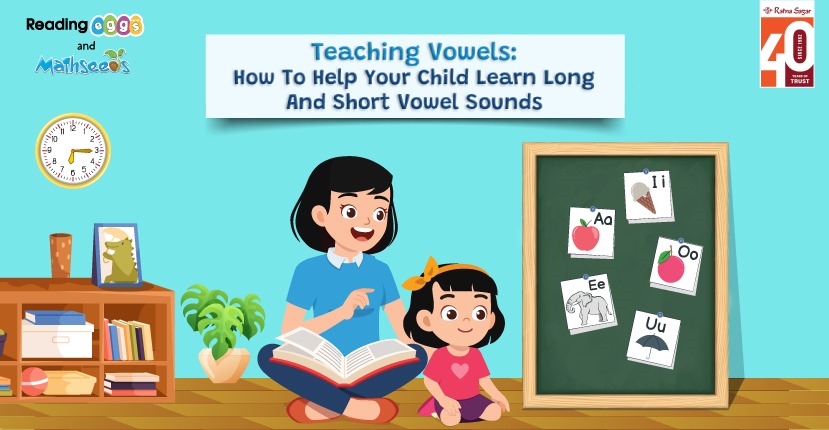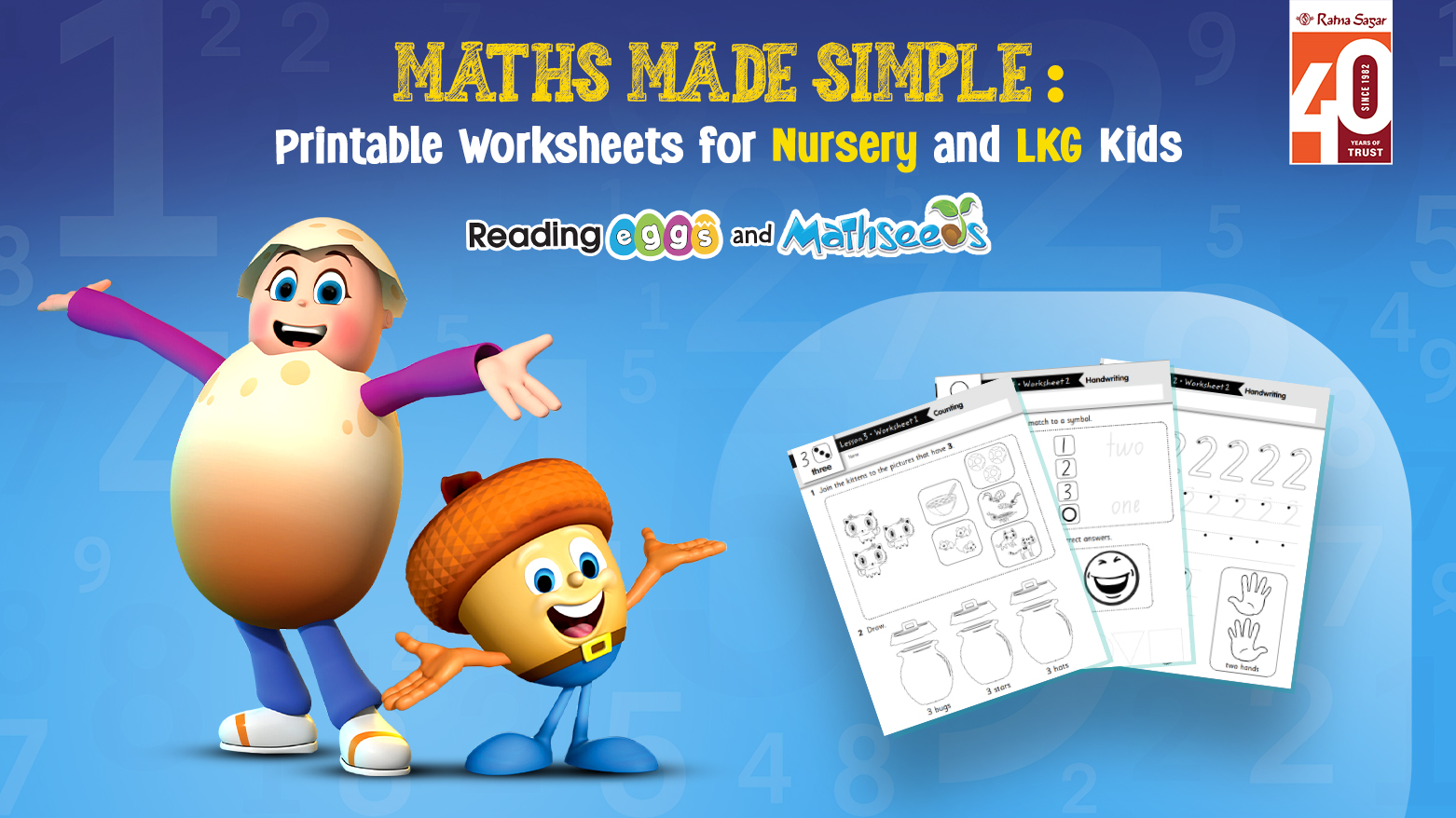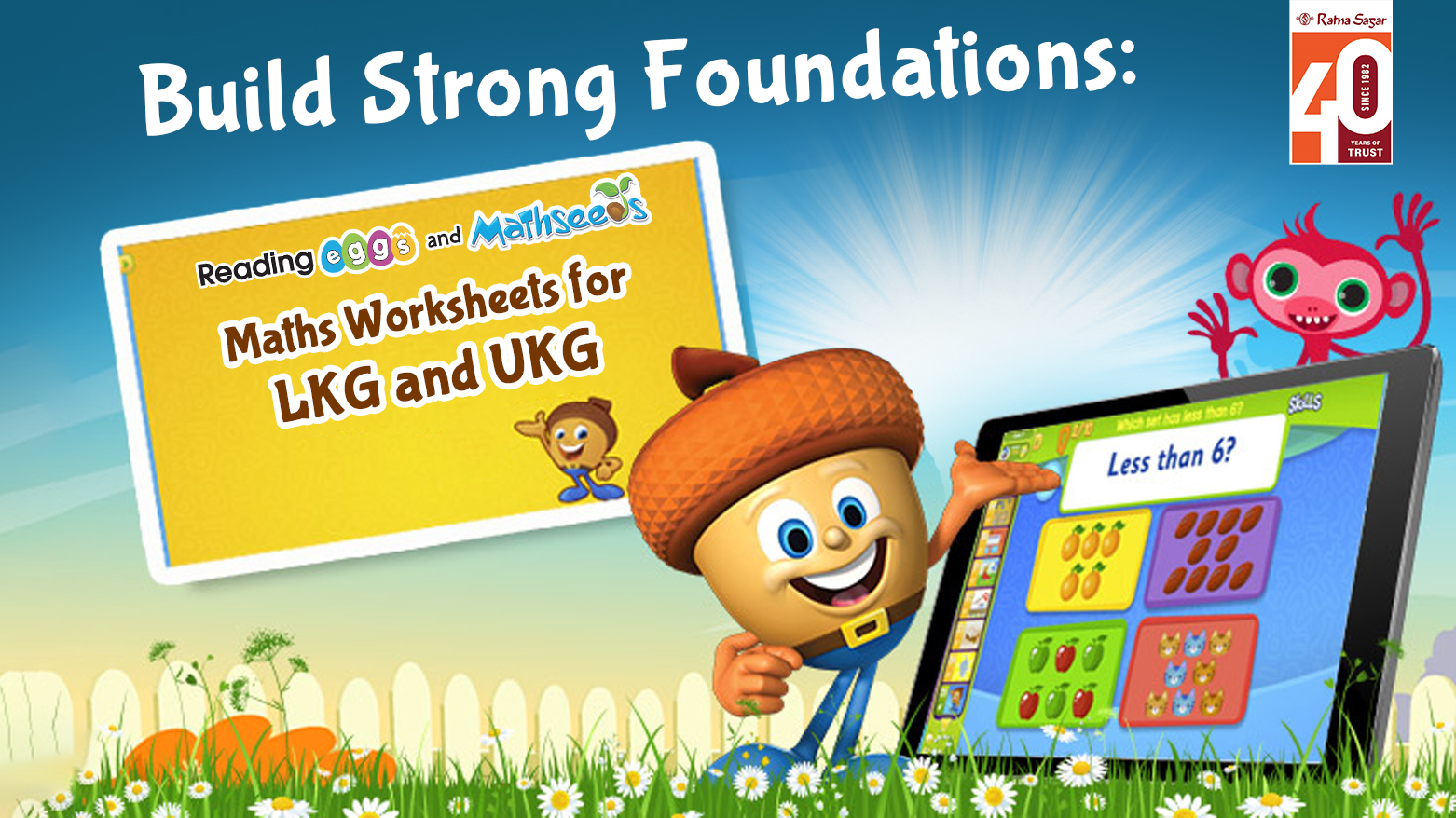Teaching your child how to read and pronounce words in English is a crucial part of their early education. One of the foundational aspects of this process is understanding vowel sounds. Vowels are essential components of words and mastering them can significantly improve your child's reading and pronunciation skills. In this article, we will explore how to teach vowels and consonants, focusing specifically on vowel sounds in English, including both short vowel sounds and long vowel sounds. We will also provide practical strategies, tips and tools, such as a long vowel sounds chart, to make the learning process fun and effective.
Understanding Vowels and Consonants
Before diving into the specifics of vowel sounds, it's important to understand the basic difference between vowels and consonants. How to teach vowels and consonants is a common question for many parents and educators. In the English alphabet, there are 26 letters, five of which are vowels: A, E, I, O and U. Sometimes Y also functions as a vowel, depending on the word. The remaining letters are consonants.
Book 7 days FREE trial For UKG Maths Worksheet
The Basics of Vowel Sounds
Vowel sounds in English can be categorised into two main types: short vowel sounds and long vowel sounds. Each type has its unique characteristics and recognising the difference is crucial for both reading and pronunciation.
Short Vowel Sounds
These occur when the vowel in a word is pronounced in a short, clipped manner. For example, in the word "cat," the "a" produces a short vowel sound. Similarly, in "bed," the "e" makes a short vowel sound.
Long Vowel Sounds
These occur when the vowel is pronounced the same as the letter's name. For example, in the word "cake," the "a" is pronounced as a long vowel sound. Long vowels often appear when two vowels are placed together, such as in "boat," or when a vowel is followed by a silent "e," as in "like."
Strategies for Teaching Vowel Sounds
Now that we have covered the basics, let's explore how to teach vowels and consonants effectively, with a focus on vowel-sound words. 1. Start with the Basics: Introducing Vowel Sounds Begin by helping your child recognise and pronounce each of the five vowels. Use visual aids like flashcards with the letters A, E, I, O and U and practice saying the sounds each vowel makes. Start with short vowel sounds as they are more common in early reading materials. 2. Use Word Families Word families are groups of words that share a common feature or pattern. For example, the "-at" family includes words like "cat," "bat," and "hat," all of which have the same short vowel sound. By focusing on word families, your child can begin to recognise patterns and predict the pronunciation of new words. 3. Incorporate a Long Vowel Sounds Chart A long vowel sounds chart can be an invaluable tool in teaching vowel sounds. This chart typically lists vowels alongside examples of vowel sound words that feature long vowel sounds. For example, the chart might show:
- A: cake, make, take
- E: see, bee, tree
- I: bike, kite, line
- O: boat, coat, float
- U: mule, cute, flute
By regularly referring to this chart, your child can visually connect the letter with the corresponding sound, reinforcing their understanding of long vowel sounds.
Book 7 days FREE trial For UKG Maths Worksheet
4. Practice with Phonics Play-Based Learning Programmes
Phonics play-based learning programmes are a fun and interactive way to reinforce vowel sounds. Explore Reading Eggs and Mathseeds, an innovative platform designed to turn your child's playtime into engaging, play-based learning experiences. With Reading Eggs and Mathseeds, you'll discover a rich array of lessons focused on both long and short vowel sounds. These comprehensive lessons are equipped with interactive activities, questions, and worksheets that deepen children's understanding of phonics. By practising vowel sounds and applying their knowledge through various worksheets, children can reinforce their learning and test their skills in an enjoyable and effective way.Read
5. Read Aloud Together
Reading aloud is one of the most effective ways to teach vowel sounds in English. Choose books that emphasise simple vowel sound words and encourage your child to listen carefully to the sounds as you read. You can also pause occasionally to ask your child to identify the vowel sound in a specific word. This practice helps build their listening skills and reinforces their understanding of the different vowel sounds. Read about spelling games for kids.
Teaching Short Vowel Sounds
Short vowel sounds are often the first type of vowel sound that children learn. They are prevalent in many early reading materials and are relatively straightforward to teach. Here are some tips for teaching short vowel sounds:
1. Use Repetition and Rhymes
Repetition is key to helping your child memorise short vowel sounds. Start with simple CVC (consonant-vowel-consonant) words like "cat," "dog," and "bed." Encourage your child to repeat these words, paying close attention to the vowel sound. Incorporating rhymes can also make the learning process more enjoyable. Rhyming words often share the same vowel sound, making it easier for your child to recognise and remember the sound.
2. Create Visual Associations
Children often learn best when they can visualise what they are learning. You can create visual associations by linking each short vowel sound with a corresponding image. For example, you might use a picture of an apple for the short "a" sound, a bed for the short "e" sound and so on. Display these images around your child's learning space to reinforce their memory of the sounds.
3. Engage in Multi-Sensory Activities
Multi-sensory activities can help solidify your child's understanding of short vowel sounds. For example, you can use playdough to form letters and words, encouraging your child to say the vowel sound as they create each letter. Another idea is to use sand or rice for tracing letters while saying the corresponding sound. These activities make learning interactive and enjoyable.
Book 7 days FREE trial For UKG Maths Worksheet
Teaching Long Vowel Sounds
Teaching long vowel sounds can be a bit more challenging, but with the right strategies, your child will master them in no time. Here are some effective methods:
1. Introduce the Silent "E" Rule
One of the most common ways to create a long vowel sound is by adding a silent "e" to the end of a word. For example, the word "cap" becomes "cape," and the vowel changes from a short vowel sound to a long vowel sound. Teach your child this rule using simple examples and practise together by reading words that follow this pattern.
2. Use the Long Vowel Sounds Chart
As mentioned earlier, a long vowel sounds chart can be an excellent resource for teaching long vowel sounds. Review the chart regularly with your child and practice reading the words listed. Over time, your child will become more confident in recognising and pronouncing long vowel sounds.
3. Reinforce with Writing Exercises
Writing exercises can reinforce your child's understanding of long vowel sounds. Provide your child with a list of words that include both short and long vowel sounds. Ask them to categorise the words based on the vowel sound and then write sentences using each word. This exercise helps improve both their reading and writing skills.
Conclusion
Teaching vowel sounds in English is a critical step in your child's reading journey. By understanding how to teach vowels and consonants and focusing on both short vowel sounds and long vowel sounds, you can provide your child with the tools they need to become confident readers. Use resources like a long vowel sounds chart, phonics games and engaging activities to make learning fun and effective. With patience and practice, your child will master vowel sound words and develop strong reading skills that will serve them well throughout their education.


